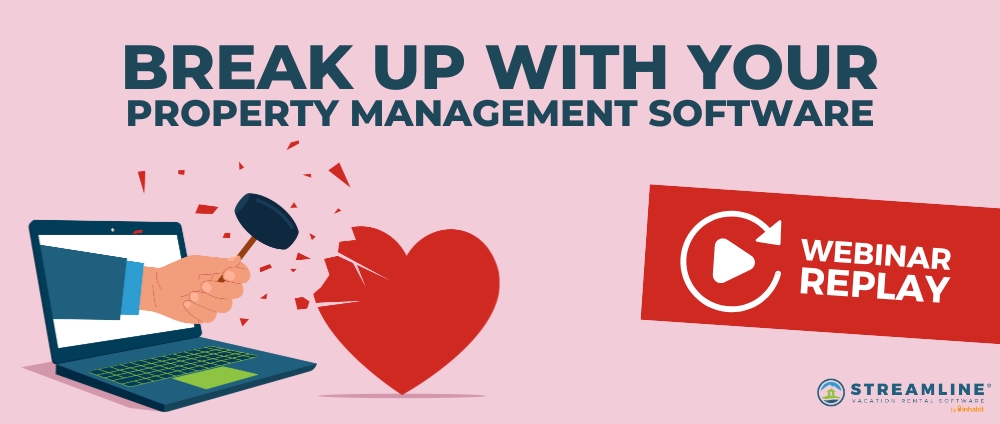Switching property management software is a significant decision that requires a well-coordinated effort to ensure a smooth transition. In a recent panel discussion, industry experts shared valuable insights into the key strategies for implementing new software effectively. Here are some of the best practices mentioned that can help property managers succeed in this process.
Watch the full recording:
Preparation Is Key
The foundation for a successful transition lies in thorough preparation. This includes mapping out your company’s workflows, understanding how the new system fits your business needs, and ensuring all stakeholders are aligned. Establishing a clear timeline and setting realistic expectations for each phase of the transition are essential.
Pro Tip: Stay engaged and proactive during the onboarding process. Ask questions, document workflows, and ensure your team knows what to expect at each stage. This early buy-in from your team is crucial for smooth implementation.
Building a Strong Partnership
The panel emphasized the value of having an engaged project manager on the software provider’s side. For example, Streamline’s project managers played a pivotal role in guiding users through setup and providing quick solutions to challenges. Their hands-on support helped clients stay on track and meet go-live deadlines without compromising accuracy. Establishing a collaborative relationship with the software provider can also provide ongoing access to technical resources and support.
Best Practice: Designate a key team member to act as the main point of contact between your company and the provider. This ensures that communication remains clear and streamlined throughout the process.
The Role of Audits and Testing
Testing and auditing the new system are crucial steps before activation. The panelists highlighted the importance of running test bookings, checking for discrepancies in tax configurations, and ensuring listings appear correctly on OTAs. This “constant audit” mindset prepares teams to identify and fix potential issues before they impact live operations.
Key Takeaway: Use the extra weeks before activation to practice entering reservations and fine-tune system settings. Early testing fosters team fluency, uncovers potential gaps, and ensures smooth post-launch operations.
Best Practice: Schedule at least one full testing period during peak booking times to test how the system handles heavy traffic and to troubleshoot any performance issues. This can help prevent surprises when the system goes live.
Customization and Configuration
No two property management companies are exactly alike, so customizing your new software to match your specific needs is key. The ability to tailor features like pricing, booking channels, and guest communication ensures the system works seamlessly with your business operations. Streamline’s flexibility, for instance, allows for extensive backend customization based on user feedback. The panel suggested that property managers work closely with their account managers to ensure any needed configurations are made before launch.
Best Practice: Document any unique requirements your company may have—whether related to guest communication, revenue management, or booking rules—and share them with your software provider early. This ensures that your solution will meet your needs from day one.
Continuous Learning and Support
The journey doesn’t end at activation. The panel encouraged property managers to continuously explore new features and updates. Staying informed about software developments, attending conferences like the Streamline Summit, and leveraging resources like Streamline University can unlock the full potential of the software. Ongoing training ensures that your team is always up to date with the latest tools and features.
AJ Raber shared how ongoing education and attending industry events helped his team scale significantly, while Matt Shadle stressed the importance of staying proactive with support tickets and release notes. Software providers often roll out updates and new features, and staying engaged can maximize the value of your system.
Best Practice: Set aside time for regular team training and schedule quarterly reviews with your account manager to ensure you’re fully utilizing the software’s capabilities.
Communication Is Crucial
Clear and consistent communication throughout the entire transition process is critical. All stakeholders—including your team, the software provider, and other involved parties—should be on the same page regarding timelines, expectations, and responsibilities. During the panel discussion, it was noted that organizations that succeed in switching software have invested in transparent communication, both internally and with their software provider.
Best Practice: Hold weekly or bi-weekly check-in meetings with your implementation team to track progress, address any roadblocks, and ensure the project stays on schedule.
Post-Go-Live Monitoring
After the software is live, it’s important to closely monitor performance. This includes tracking system stability, checking for discrepancies in financial reporting, and assessing how effectively the new software integrates with other systems. Keeping an eye on key performance indicators (KPIs) and gathering feedback from your team can help you pinpoint areas that need adjustment.
Best Practice: Designate a small team to act as “champions” during the first 30 to 60 days post-launch. These individuals can monitor performance, gather feedback, and act as a resource for others as they navigate the new system.
Switching software is a marathon, not a sprint. By preparing thoroughly, testing rigorously, and embracing continuous learning, property managers can ensure their new system becomes a powerful tool for growth. Building strong partnerships, fostering open communication, and making the most of customization options are all crucial to ensuring long-term success.
Interested in taking your business to the next level?
